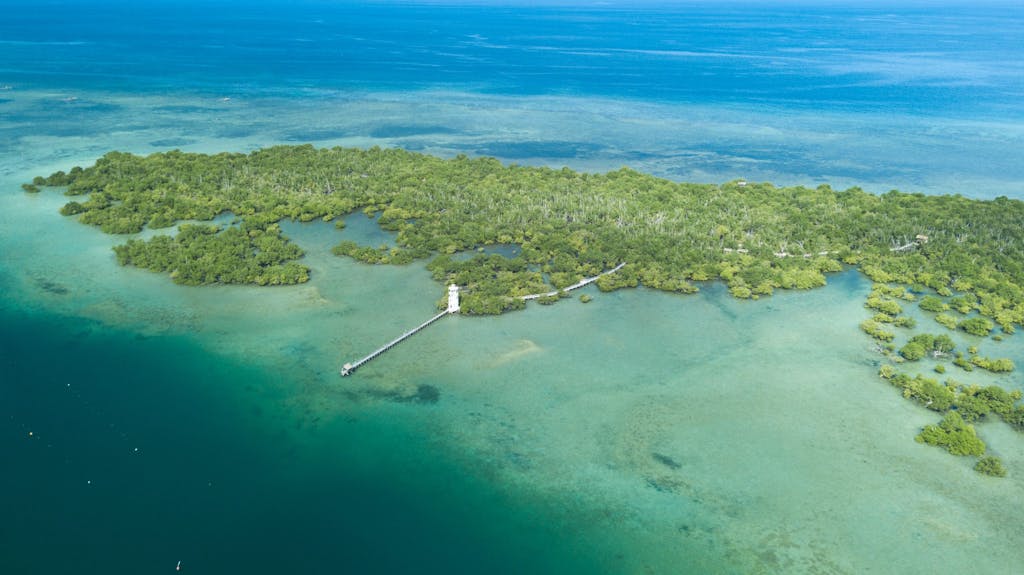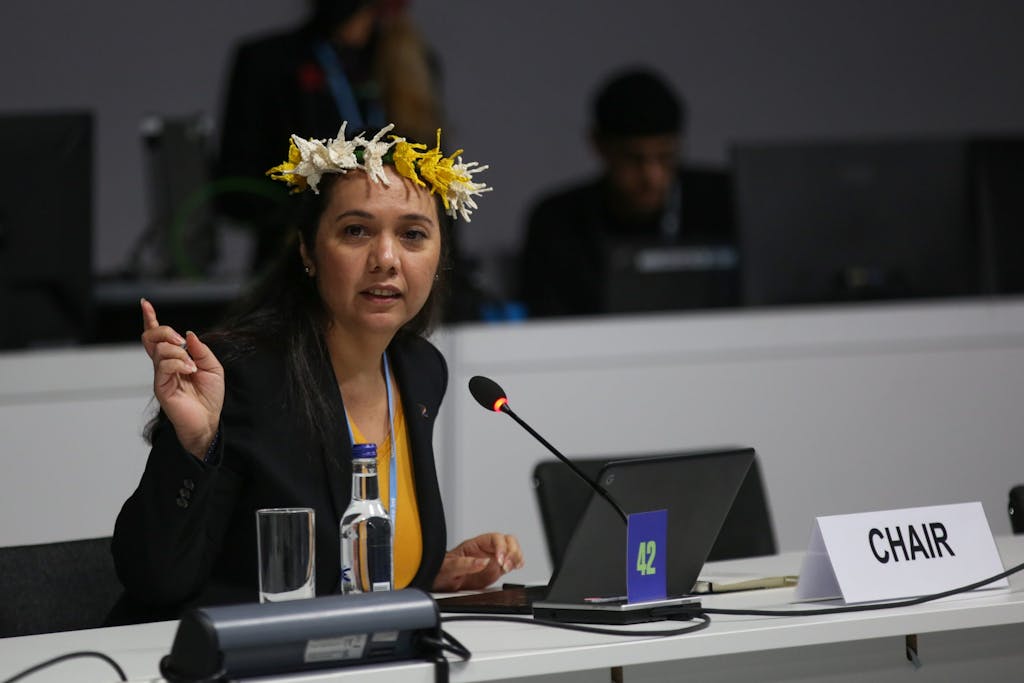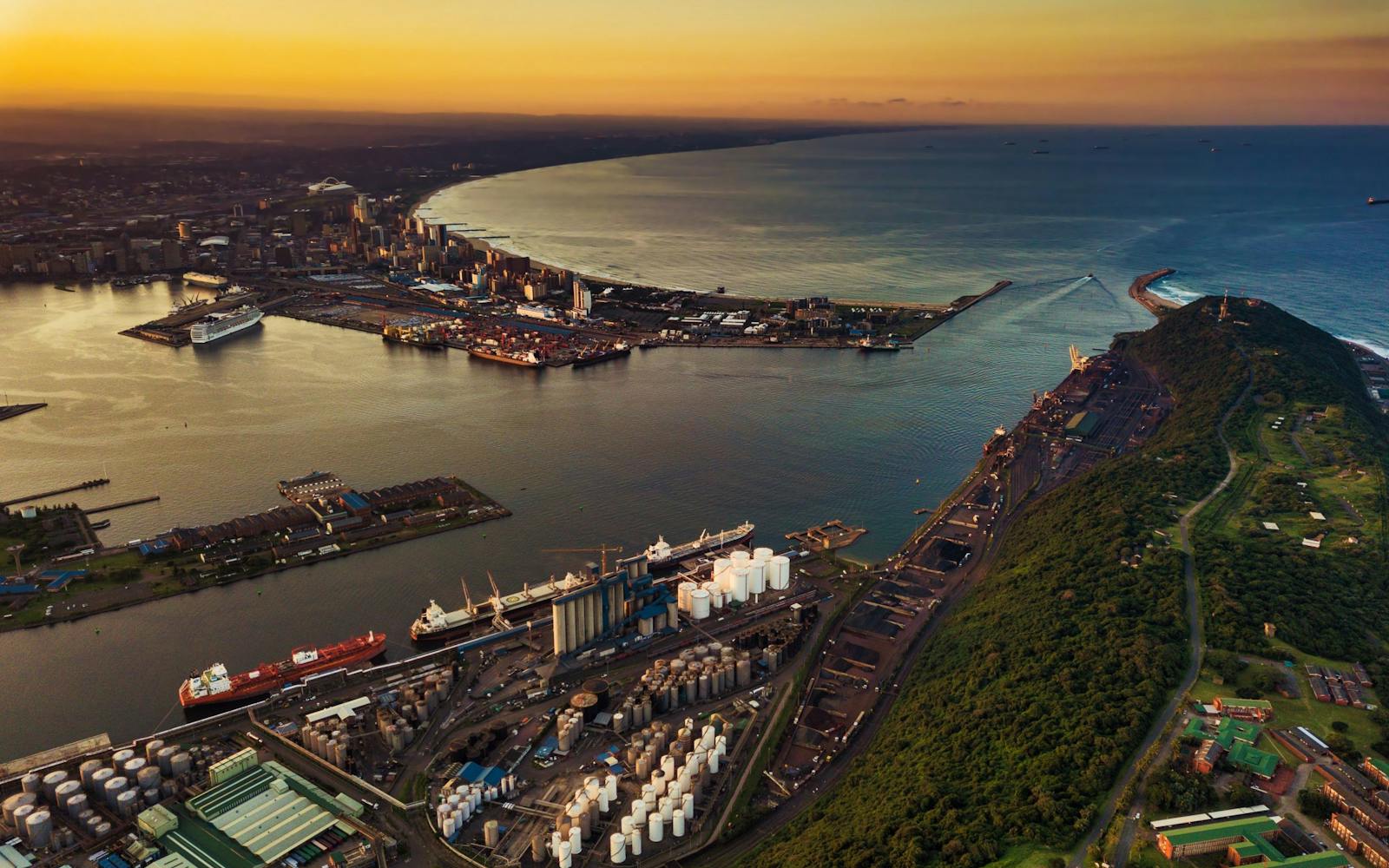Ahead of the next United Nations Climate Conference, known as COP 27, the UN Foundation’s Senior Advisor and Senior Director for Ocean and Climate, Susan Ruffo unpacks what’s at stake for the world’s ocean – and explains why it is the source of some of the most powerful climate solutions.
Question: What is the role of the ocean in addressing climate change?
Susan Ruffo: A lot of people don’t realize this, but the ocean is just as important as the atmosphere in terms of climate change. The ocean absorbs about 30% of the carbon dioxide that we put into the atmosphere and about 90% of the excess heat that’s trapped by those gases. So it’s a critical piece of the puzzle in terms of solving climate change. The ocean is the reason we’re not experiencing more or worse climate impacts than we already are. And we can do more to harness that power to protect ourselves. In 2019, the High Level Panel for a Sustainable Ocean Economy produced a report estimating that 21% of the emissions reductions we need could come from ocean solutions.
Until now, we’ve spent a lot of time thinking about how we need to protect the ocean, but we really need to flip that narrative to talk about how we can work with the ocean to solve climate-related problems through, for example, eliminating greenhouse gas emissions from shipping, increasing offshore wind energy, and protecting and restoring “blue carbon” ecosystems like mangroves and seagrasses.
Tell me more about blue carbon.
Blue carbon is a wonky term for carbon that is stored in the world’s ocean and coastal ecosystems, like salt marshes, mangroves, and sea grasses. Just like trees, healthy marine and coastal ecosystems absorb atmospheric carbon dioxide and sequester it. Some marine systems can sequester 10 times as much carbon per acre as forests do, in addition to providing other benefits like making coastal communities more resilient. That is definitely worth protecting!

A mangrove forest in the Philippines. Mangroves can help protect coastal communities by breaking the force of waves and storing water in storm surges. Photo: John Bryan Gray Agbagala/Pexels
How can marine and coastal ecosystems help us adapt to a changing climate?
Even if we were somehow to stop greenhouse gas emissions tomorrow, we would still experience impacts because of the built-up momentum, so we need to adapt. Marine and coastal ecosystems are vitally important in helping coastal communities be resilient in the face of climate change. Healthy marshes and mangroves can help break the force of waves and store water in storm surges, for instance. We need to think about how we protect these systems and the benefits they provide naturally.
How is the global shipping industry being affected by climate change?
Generally, the industry is dealing with a lot of the same things that communities are dealing with: the impacts of sea-level rise on port infrastructure; major storms disrupting port operations and the movement of goods. More than 80% of goods travel by ship, so shipping is a huge component of the global economy. COVID-19 illustrated shipping’s importance to us. What we don’t know yet, however, is how ships on the water are actually affected by climate change, for example, by more severe and more frequent storms. We’re just beginning to understand some of that.
Are there any upsides for shipping?
With the breakup of sea ice at the poles, some people are starting to talk about routes that will open up through the north. If you’re a shipping company, that might look positive. But if you’re a conservationist working on Arctic conservation or an Arctic community that depends on the ocean for your livelihood, that’s not great. Many more ships could be coming through sensitive ecological areas. Global shipping is a complex universe, for sure.
It seems like the ocean has not been on the agenda at past COPs.
Until recently, the ocean was rarely mentioned at a climate COP. In fact, I think the word “ocean” did not appear in text until the Paris COP in 2015. An understanding of the ocean’s role in climate change and its potential to provide climate solutions didn’t really gain traction until 2019, at the COP hosted by Chile in Madrid. Chile really championed this as the first “Blue COP.” Then, last year, at COP 26 in Glasgow, a new annual Ocean and Climate Dialogue was established within the UN Framework Convention on Climate Change (UNFCCC) — so finally, an official forum.
Are there specific ocean issues that will be discussed at COP 27?
I expect the ocean will be present in all of the main themes at COP 27, whether that is mitigation, adaptation, or finance. Countries will be showcasing some of the solutions they’re developing, for example, using mangroves or coral reefs to help buffer communities, or decarbonizing their domestic shipping sectors. Also, as countries develop their plans to reduce emissions, called nationally determined contributions, or NDCs, projects like offshore wind power will be in the spotlight. The goal is to have more and more countries learn, adapt, and implement ocean-based solutions.
Given that COP27 is taking place in Sharm el-Sheikh, Egypt, what specifically African concerns around the ocean and shipping might we expect to see discussed there?
The need for adaptation and resilience measures for coastal communities will be paramount, as will the critical need for finance and support for vulnerable countries and communities, including through ocean-based solutions. For example, many countries are concerned about what’s happening to small-scale, subsistence fisheries, and how their collapse could drive outmigration from coastal communities. How can we help to protect and manage those fisheries in a changing climate? There is also real potential for Africa to become a source of green hydrogen and hydrogen-derived fuels, which are expected to be important for decarbonizing international shipping. So countries like Namibia, Morocco, Egypt, and South Africa could become real hubs for green shipping fuels. Imagine a world in which the main providers of energy are distributed like that, and across Latin America and other continents as well.
A critical meeting of the Marine Environment Protection Committee of the International Maritime Organization (IMO) is taking place a few weeks after the COP. Is there a connection between the IMO and UNFCCC?
They tend to operate in separate universes. UNFCCC has jurisdiction over national emissions broadly. The IMO’s regulatory authorities are over shipping on the high seas, outside of national waters. But the Paris Agreement, and the work of the UNFCCC, really sets the bar for ambition on climate change and reflects countries’ commitments. The IMO is in the process of revising its greenhouse gas strategy and setting targets for decarbonizing the shipping sector — and it’s crucial that those targets be aligned with the Paris Agreement. Right now, they’re not. The current target at the IMO is to reduce shipping emissions at least 50% by 2050, compared to 2008 levels, but to limit global warming to 1.5°C over preindustrial temperatures, that target would need to be changed to 100% reduction by 2050, with an 80–90% reduction completed by 2040. That sounds daunting, but many countries and companies are committed to making that happen.

Tina Stege, climate envoy for the Marshall Islands, speaks at COP 26 in Glasgow. Photo: Kiara Worth/ UNFCCC
How many COPs have you attended?
This will be my seventh.
What is your most memorable moment from a past COP?
At COP 24 in Katovice, Poland, when I heard the head of delegation of the Marshall Islands passionately explain what climate change means for her and her people. We throw around the word “existential” a lot, but for them, climate change is about their very existence. It made me realize that this is a very human problem. For decades, we talked about climate change as an environmental problem. We showed pictures of polar bears. This is so not that; it’s about entire communities of people, entire cultures at risk of losing everything. When I get frustrated or discouraged, I think about her and am reminded that failure is not an option.
COPs have been taking place for more than a quarter of a century. Is the glass half full or half empty?
It doesn’t really matter how full the glass is; our job is to fill it back up. We cannot give up. We have to keep pouring, even if the glass is cracked and leaking. Every year, we seem to be making it harder for ourselves rather than easier, but we can make progress, and we can’t give up.
MORE ON COP 27
This is part of a series, featuring perspectives and ideas from UN Foundation’s climate experts on key climate issues on the agenda at COP 27. Catch up on news, events, and other content in this series.






